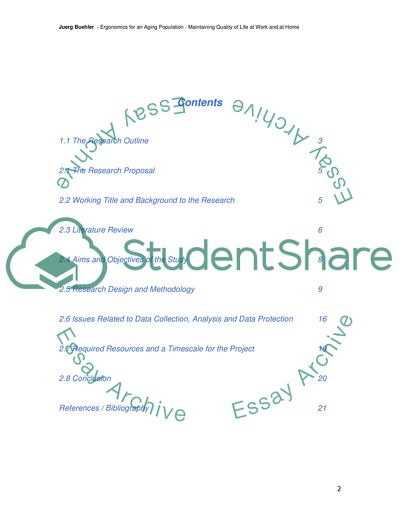Cite this document
(Ergonomics for an Aging Population Essay Example | Topics and Well Written Essays - 4000 words, n.d.)
Ergonomics for an Aging Population Essay Example | Topics and Well Written Essays - 4000 words. https://studentshare.org/sociology/1714608-ergonomics-for-an-aging-population-maintaining-quality-of-life-at-work-and-at-home
Ergonomics for an Aging Population Essay Example | Topics and Well Written Essays - 4000 words. https://studentshare.org/sociology/1714608-ergonomics-for-an-aging-population-maintaining-quality-of-life-at-work-and-at-home
(Ergonomics for an Aging Population Essay Example | Topics and Well Written Essays - 4000 Words)
Ergonomics for an Aging Population Essay Example | Topics and Well Written Essays - 4000 Words. https://studentshare.org/sociology/1714608-ergonomics-for-an-aging-population-maintaining-quality-of-life-at-work-and-at-home.
Ergonomics for an Aging Population Essay Example | Topics and Well Written Essays - 4000 Words. https://studentshare.org/sociology/1714608-ergonomics-for-an-aging-population-maintaining-quality-of-life-at-work-and-at-home.
“Ergonomics for an Aging Population Essay Example | Topics and Well Written Essays - 4000 Words”. https://studentshare.org/sociology/1714608-ergonomics-for-an-aging-population-maintaining-quality-of-life-at-work-and-at-home.


